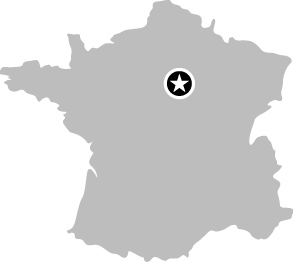013
Le Panthéon, Paris, France
![]()
To the Great Men the Grateful Homeland
In the Latin Quarter of Paris, atop the Montagne Sainte-Geneviève, sits the Pantheon (le Panthéon), an immense burial place for the great and good men of France (and one woman). The Pantheon’s facade is modeled on the Pantheon in Rome, with massive columns and the addition of a dome topped by a Christian cross testifying to its history as a church. The Pantheon was completed in 1789, just in time for the French Revolution, and it became the mausoleum that it is today by decree of the Revolutionary government.
The interior of the Pantheon is lavishly decorated with mosaics, statues, paintings, and frescoes. The view from the dome is equally impressive, with all of Paris visible. The Eiffel Tower, Notre Dame, and Le Jardin de Luxembourg (with the French Senate building) are close by, and the Louvre and Jardin des Tuileries are within easy walking distance. La Basilique du Sacré-Cœur is visible in the distance.
The Pantheon’s position as a place of scientific interest relates to the list of famous scientists buried there, and most importantly to the 1851 demonstration by Léon Foucault of his pendulum, showing that the Earth was rotating. The pendulum still swings in the nave, and a video ...


